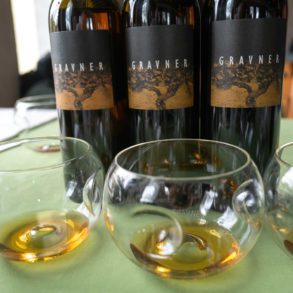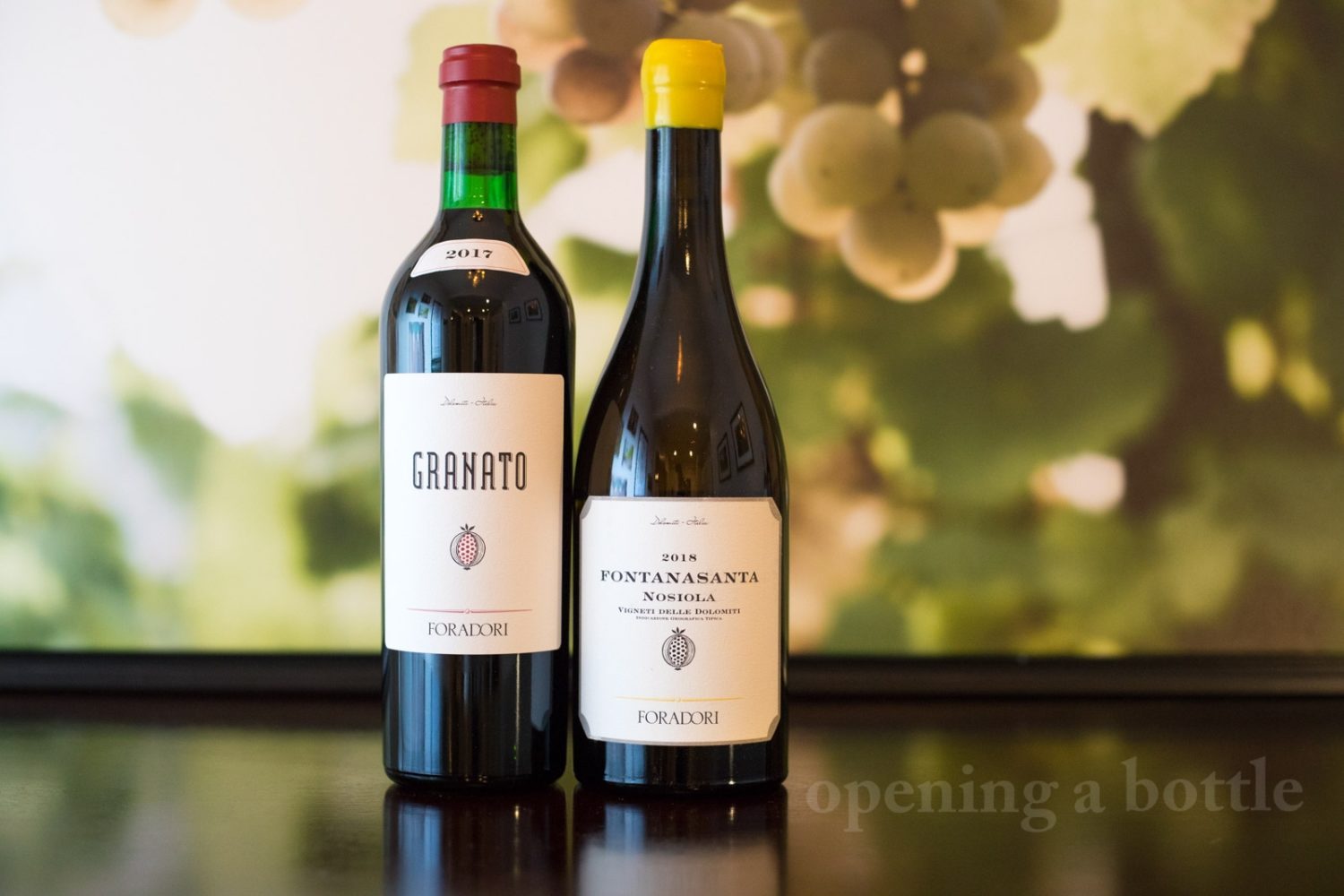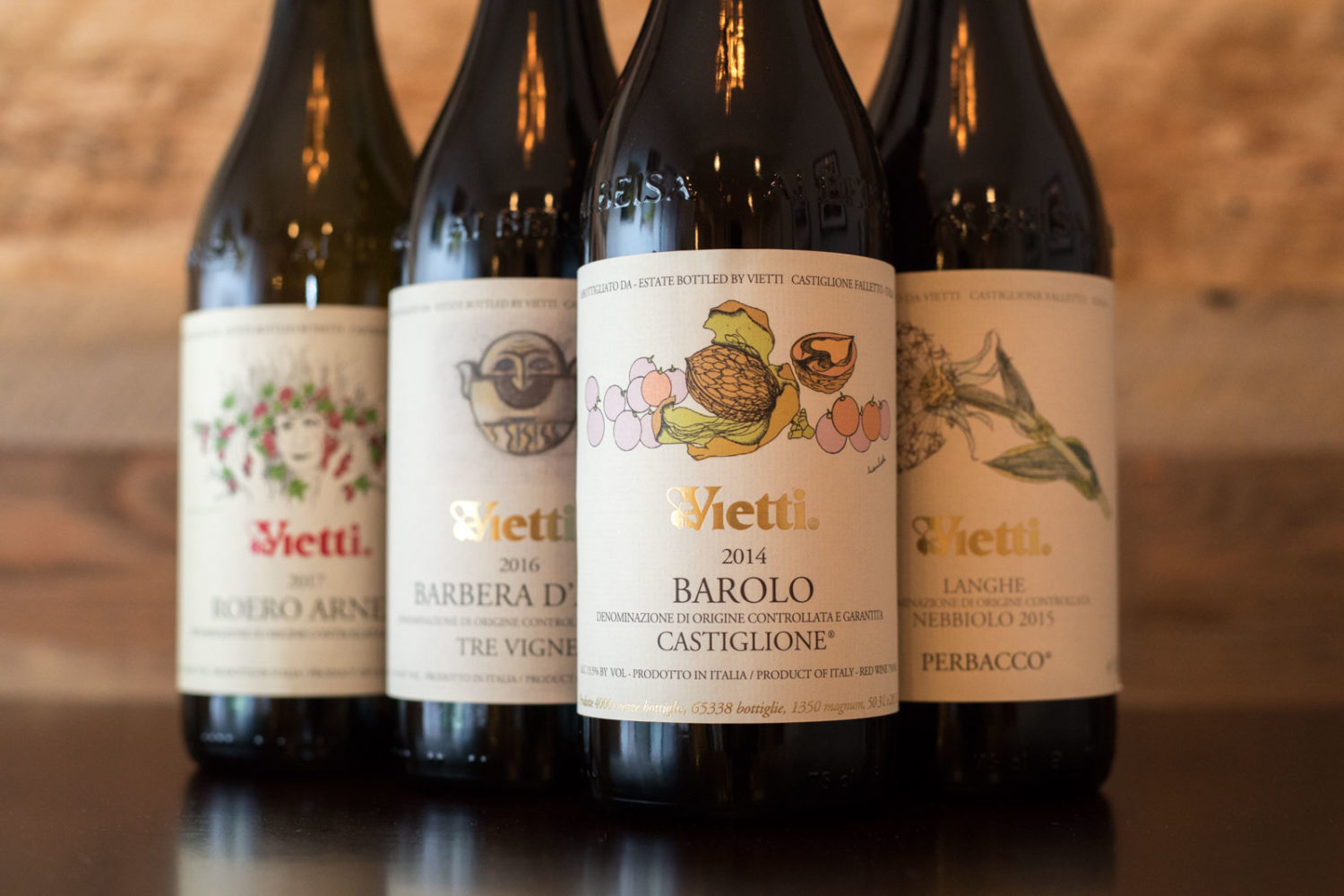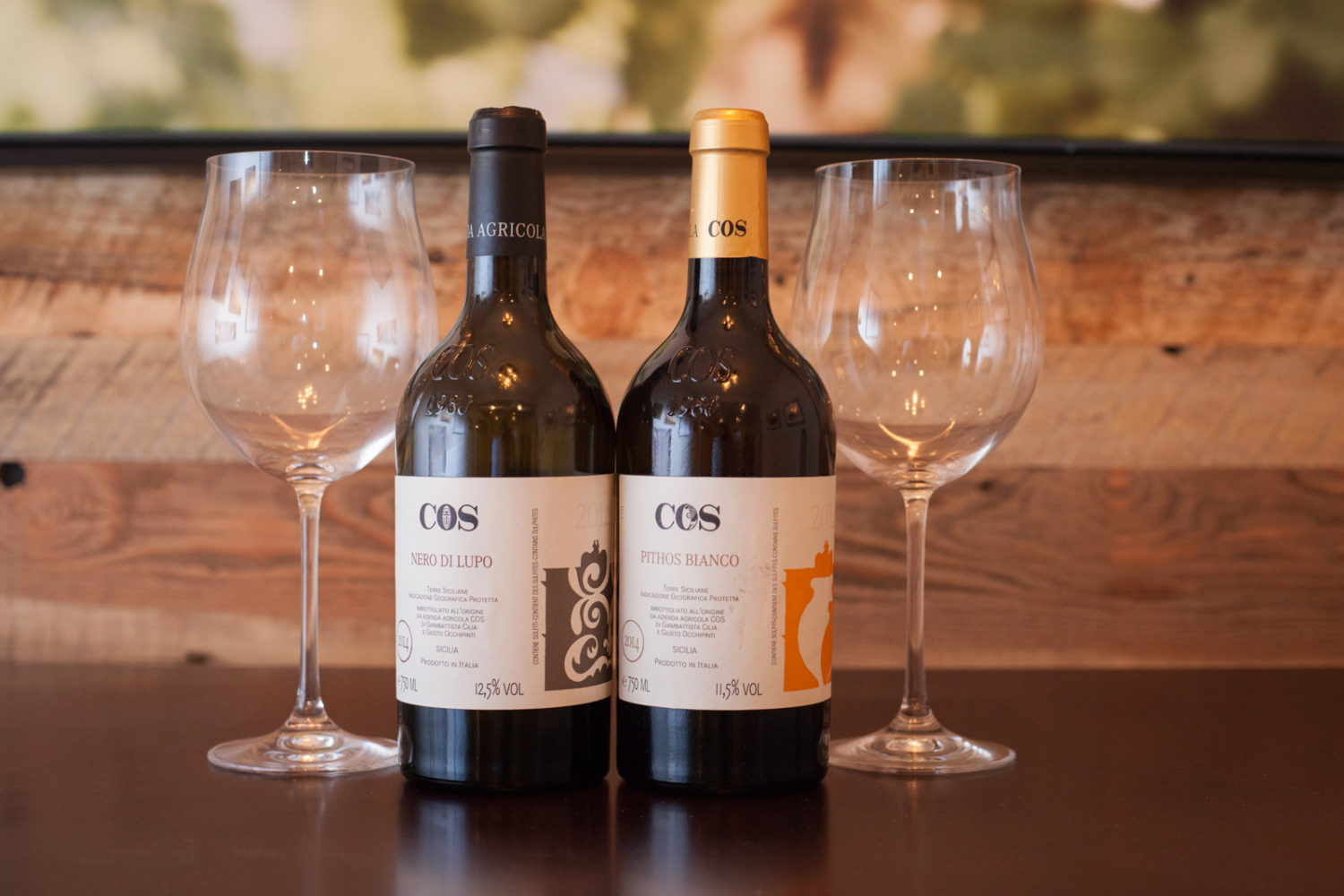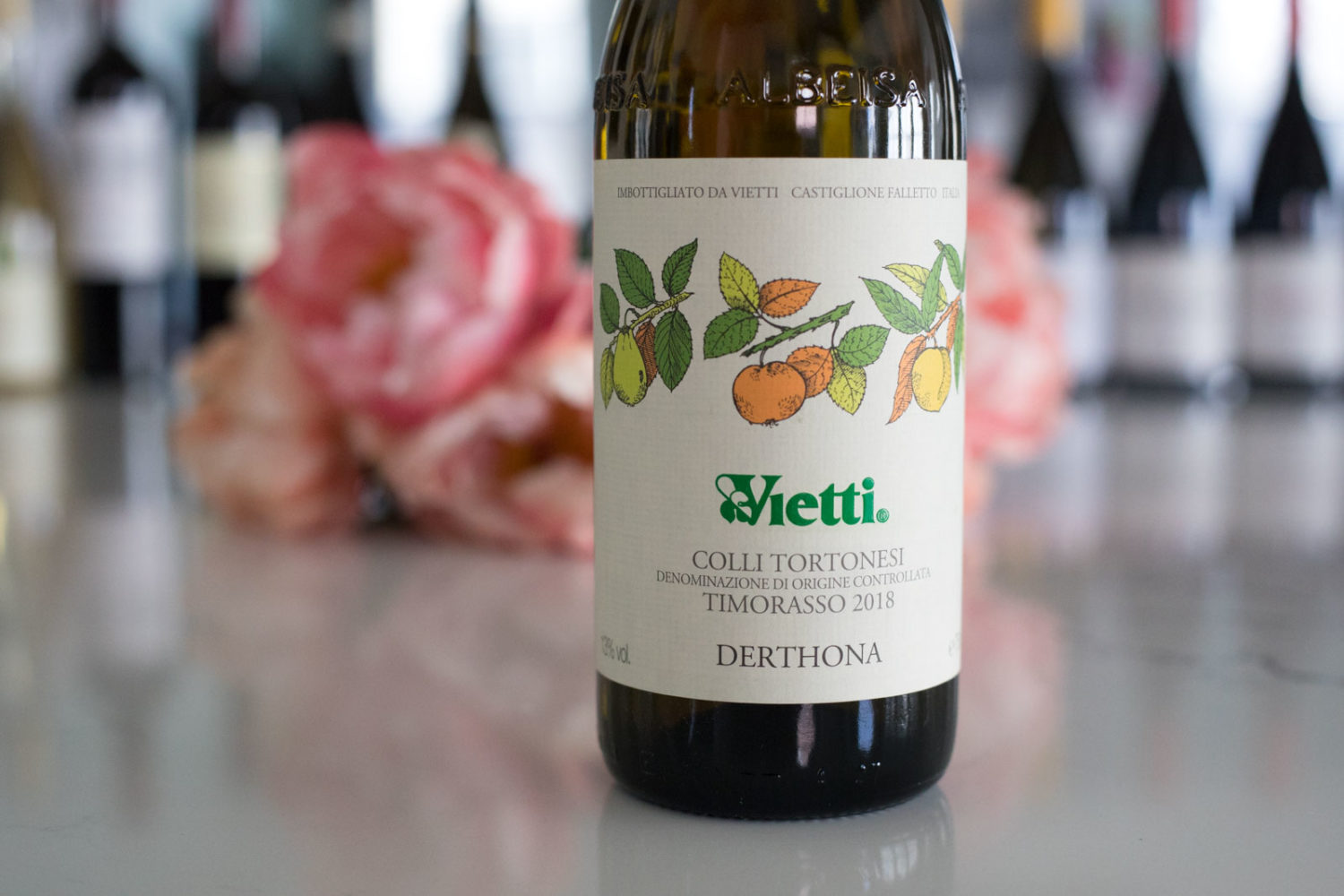Clay Vessel Winemaking
Whether they're called quevri, tinaja, dolia or amphora, the use of clay vessels in winemaking is fundamentally in fashion right now. Rightly so. Clay gives winemakers an old-is-new-again tool to express their perspective on wine. While subtle differences can be charted out between clay pot sizes, shapes and whether they're buried in the ground or not, the main reason to go with clay (see below) is consistent.
We use this icon to earmark individual wines that have spent time in clay vessels as part of their fermentation and/or aging process. Wineries tagged with this icon produce at least one wine in clay. This last part is important to note, because people often assume that a winemaker "who goes clay" uses it for all of their wines, which is not necessarily true. Furthermore, there is often an assumption that clay-fermented wines are usually skin-contact (i.e. orange) wines, which is also not always the case. Some of the most successful clay-vessel wines we've encountered are white and red.
Throughout this site, we will provide as much insight into this topic as we can.
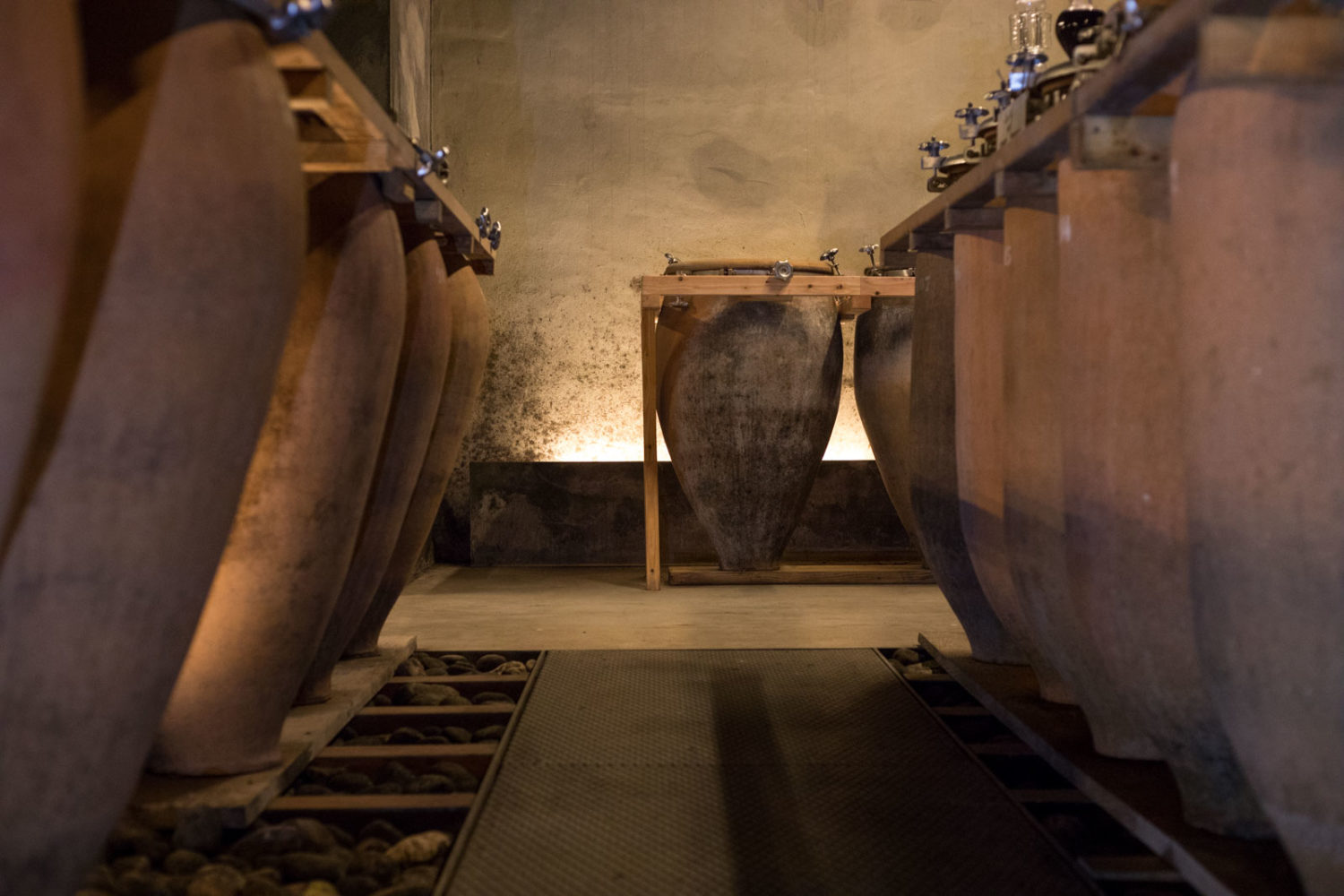 Clay tinaja jars at Foradori. ©Kevin Day/Opening a Bottle
Clay tinaja jars at Foradori. ©Kevin Day/Opening a Bottle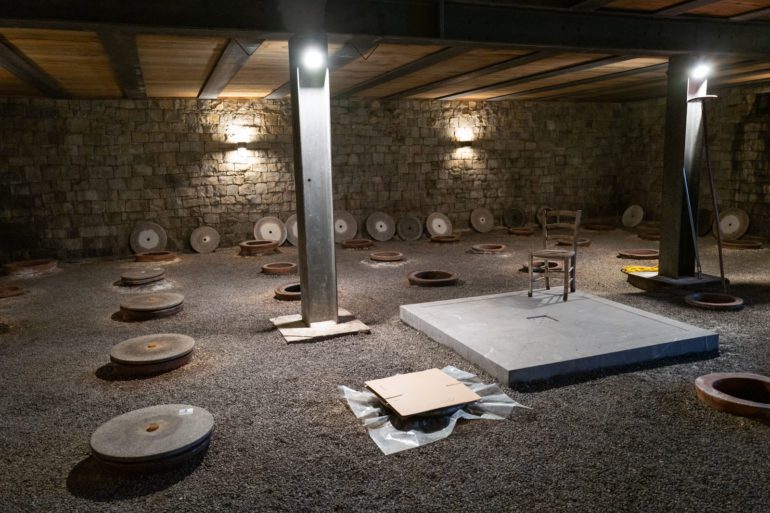 Il Posto delle Anfore (the Amphora Place) inside the winery at Gravner. ©Kevin Day/Opening a Bottle
Il Posto delle Anfore (the Amphora Place) inside the winery at Gravner. ©Kevin Day/Opening a BottleWhy It Matters
Long before oak barrels became the bee's knees in wine, winemakers used clay jars. The practice has been documented as far back as 6,000 years in the nation of Georgia, where liquid chromatography-mass spectrometry-dated wine residue (say that five times fast!) from quevri vessels likely reveals the birthplace of our beloved drink.
Molding earth into a storage vessel for wine has taken on many different forms since then: the ancient Egyptians, the Greeks and the Roman Empire are just a few cultures whose wine-origin stories are etched in clay. Given this history, it would only seem natural that wine would rediscover the benefits of clay-vessel fermentation. In fact, today, we are in the midst of a major clay-vessel renaissance.
So what are the benefits of raising your wine in a clay container? Think of the vessel as an artist's medium. On the one hand is stainless steel, the graphic design equivalent for winemaking, where an oxygen-free environment yields polished results with no brush strokes. On the other end of the spectrum is oak, where permeable wood allows for oxygen exchange and the infusion of wood-grain tannins. Brushstrokes and canvas texture galore!
In the middle, is clay. It is moderately permeable, so the effect oxygen has on the wine can be sensed on a textural level. These wines can maintain the sleekness of a stainless-steel aged wine, but achieve a textural depth and roundness that is unique. However, clay does not impart flavor like oak or acacia or chestnut. Its neutrality makes it very appealing to winemakers seeking to tell the unique story of marriage in their vineyard: grape + terroir.

